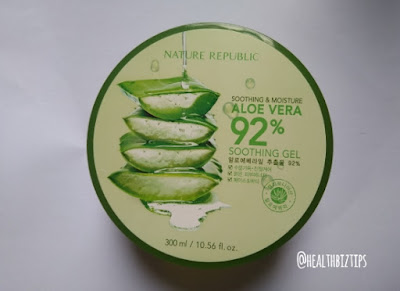Sign and Symptoms of Osteoarthritis
Sign and Symptoms of Osteoarthritis
by: Arlene Gentallan
What is the age of onset of Osteoarthritis?
Articular cartilage degeneration can begin as early as the third decade of life (30s) while symptoms becomes apparent at the fifth (50s) to sixth (60s) decade of life.Sign and Symptoms of Osteoarthritis
Signs and symptoms shown by a person suffering from osteoarthritis is the direct result of articular cartilage destruction and bone spur growth.• Joint pain
The most common symptom brought about by osteoarthritis is joint pain. Due to articular cartilage loss, bone ends at joint intersection no longer has a smooth surface in which to glide when moving. Bone ends are exposed to increased amount of friction and joint's capability to do weight lifting is greatly decreased.
The characteristic pain of osteoarthritis is the pain that worsens with continued joint movement and is relieved by resting the affected joint.
• Limited range of motion of the affected joint
While there is loss of cartilage along the center of the bone end, bony and cartilaginous projections forms along it's edges. This leaves a hollow center with irregular edges, making it extremely hard (or in other cases, impossible) for the joints to glide against each other. In this case, the individual can no longer move the joint to it's full range of motion.
• Osteophytes (bone spurs formation)
Osteophytes (bone spurs) are the bony projections that form along the edges of the bone end. This disfigures the bone end, leading to movement restriction and crepitus.
Bouchard nodes and heberden nodes forms visible deformity of the digits of the hand (fingers.)
• Bouchard nodes - bone spur formation on the proximal interphalangeal joints
• Heberden nodes - bone spur formation on the distal interphalangeal joints
• Crepitus
Crepitus is the sound created when the irregular bone ends of the joint glides against each other's rought surfaces.
• Localized inflammation
There may be a localized inflammatory response at the affected joint due to cartilate destruction. The affected site may appear swollen and tender.
What are the commonly affected joints?
Commonly affected are the weight bearing joints such as the:• Knee
• Hip
• Spine







